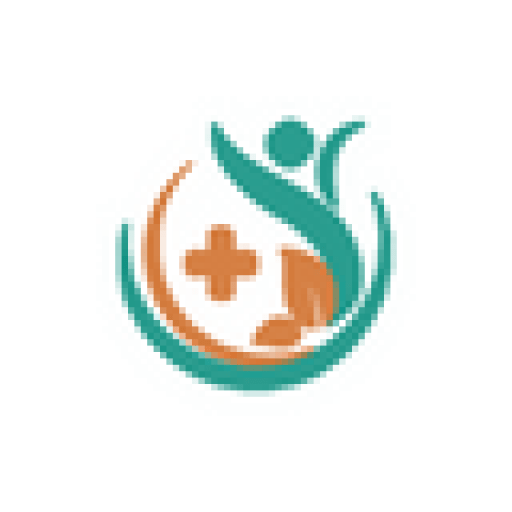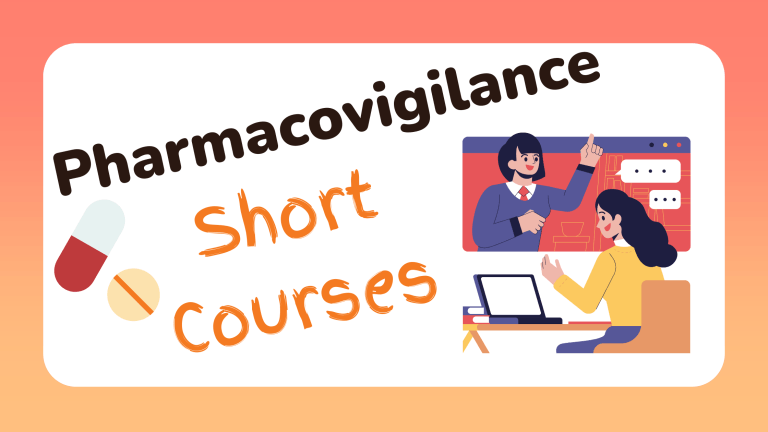The Essential Role of Pharmacovigilance in Enhancing Drug Safety
The Important Role of Pharmacovigilance in Keeping Drugs Safe
Introduction
Pharmacovigilance is really important in healthcare. It helps make sure medicines are safe and work well. This means carefully watching out for any bad effects or problems caused by drugs. With medicines getting more and more complicated and being sold all over the world, pharmacovigilance is now more crucial than ever. This blog post will explain why pharmacovigilance matters so much for keeping drugs safe and how healthcare professionals can do it well.
What is Pharmacovigilance?
Pharmacovigilance is all about finding, checking, understanding, and stopping bad effects from drugs or any drug-related issues. Over time, pharmacovigilance has grown. It used to just be about collecting reports of bad reactions, but now it involves a lot of people and uses lots of data. Some key parts of pharmacovigilance are:
– Reporting Bad Events: Collecting details about any bad experiences caused by using a drug.
– Finding Signals: Looking for new or rare bad reactions using different techniques.
– Managing Risks: Making plans to lower risks and get the best out of drugs.
Why Drug Safety Is Important
Keeping drugs safe is super important because it affects everyone’s health. If drugs aren’t safe, it can be very bad, causing health problems, people might lose their lives, and people may lose trust in health systems. That’s why there are strict rules to make sure drugs are safe. If we don’t keep an eye on medicines, they might get recalled, healthcare can cost more, and worst of all, people can get hurt.
What Pharmacovigilance Does
Pharmacovigilance has several important jobs that help make drugs safer:
– Finding Problems: Spotting bad drug reactions quickly to stop them from causing big problems.
– Checking: Looking closely at the connection between a drug and the bad reactions to see if they’re real.
– Understanding: Learning from collected information to make drugs safer.
– Preventing: Putting strategies in place to reduce risks of using drugs.
– Sharing: Getting important safety information out there to doctors, patients, and others who need to know.
How Pharmacovigilance Works
The process of pharmacovigilance has several steps:
1. Reporting Cases: Doctors, patients, and drug companies report any suspected bad reactions.
2. Finding Signals: Using smart systems to find hints of possible safety worries.
3. Collecting Data: Gathering and organizing information about reported cases for study.
4. Checking Signals: Carefully looking into signals to see if they’re real and important.
5. Balancing Risks and Benefits: Weighing the good and bad of a drug based on the data.
6. Sharing Risks: Telling everyone who needs to know about the findings, including giving warnings if needed.
7. Risk Management Plans: Making and doing plans to handle the risks that were found.
New Technologies in Pharmacovigilance
New tech and discoveries have made pharmacovigilance much better:
– Data Analysis and AI: Using powerful tools and artificial intelligence to spot bad reactions faster and more accurately.
– Electronic Health Records (EHRs): Using health records to better track and collect data about how patients react to drugs.
– Real-time Monitoring Tools: Using new tools that let us report and watch for bad reactions right away.
Who’s Involved in Pharmacovigilance
Many different people help with pharmacovigilance:
– Healthcare Professionals: They’re on the front lines, reporting bad reactions and keeping patients safe.
– Pharmaceutical Companies: They have to keep checking how safe their drugs are and follow rules.
– Regulatory Bodies: These are groups that make sure pharmacovigilance happens right and keeps everyone safe.
– Global Networks: Working together around the world to share information and make pharmacovigilance better everywhere.
Challenges in Pharmacovigilance
Even though it’s important, pharmacovigilance has some challenges:
1. Not Reporting Enough: Sometimes people don’t report bad reactions because they don’t know they should or how to do it.
2. Not Enough Resources: Sometimes there aren’t enough resources to do pharmacovigilance properly.
3. Different Standards: Different rules in different countries can make it harder to keep drugs safe everywhere.
4. Complicated Supply Chains: Because drugs are made and sold everywhere, it can be hard to keep track of their safety.
5. Lots of Data: Handling all the data from pharmacovigilance can be really overwhelming.
Success Stories in Pharmacovigilance
There have been many successes in pharmacovigilance showing how important it is:
– A case where a drug was recalled in time because of good monitoring, protecting lots of patients.
– Times when treatments were improved by fixing safety problems found through careful pharmacovigilance.
– Experts sharing stories about how pharmacovigilance saved lives and made treatments better.
The Future of Pharmacovigilance
Looking ahead, pharmacovigilance will get even better:
1. New Trends: More use of technology, better partnerships across the globe, and focusing on personal medicine.
2. Upcoming Developments: Getting better at combining data, predicting problems, and watching things in real-time.
3. Personalized Medicine: Making safety measures that fit each person based on their own characteristics.
4. Growth Opportunities: Growing education and training in pharmacovigilance and keeping with new tools and methods.
Conclusion
Pharmacovigilance is key to keeping drugs safe and it helps doctors, patients, and society as a whole. By supporting pharmacovigilance, everyone can make sure drugs are used as safely and effectively as possible, leading to better health for all. As we move forward in pharmacovigilance, let’s all work together to stay active in pharmacovigilance practices to protect public health.
Additional Resources
– World Health Organization (WHO) – Pharmacovigilance
– International Society of Pharmacovigilance (ISoP)
– The Uppsala Monitoring Centre
– FDA Adverse Event Reporting System (FAERS)
– Pharmacovigilance and Risk Assessment Committee (PRAC)
References
– WHO Pharmacovigilance Definitions and Classifications
– FDA Regulations for Drug Safety
– Articles on the Role of AI in Pharmacovigilance
– Case Studies from Leading Pharmaceutical Companies
– Expert Opinions and Interviews from the Field




